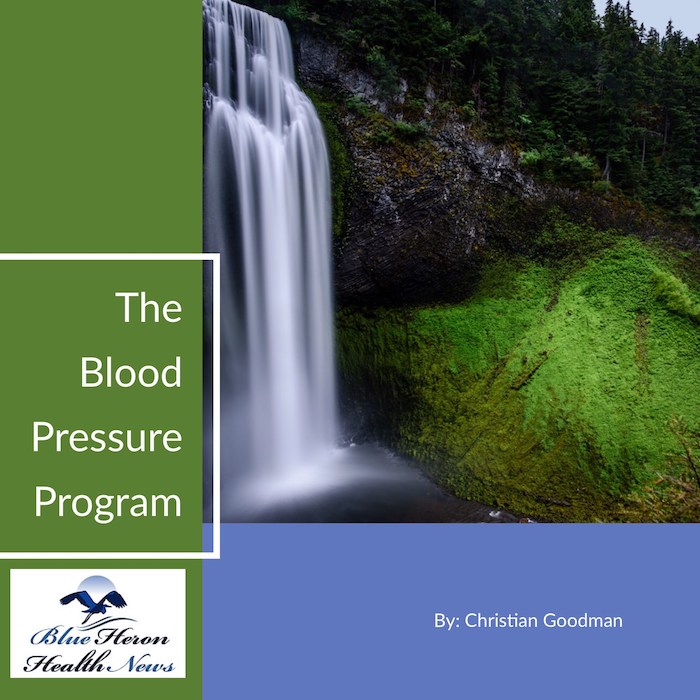
The Bloodpressure Program™ by Christian Goodman The Bloodpressure Program™ by Christian Goodman This was all about The Bloodpressure Program. It is highly recommended for all those who are suffering from high blood pressure. Most importantly, it doesn’t just treat the symptoms but also addresses the whole issue. You can surely buy it if you are suffering from high blood pressure. It is an easy and simple way to treat abnormal blood pressure.
Are there specific educational modules for different age groups?
Yes, there are numerous educational programs that develop special modules for different age groups to make the content both developmentally sound and enjoyable. This is what usually happens:
1. Early Childhood (Ages 3–7)
Sensory play, play-based learning, and basic concepts (letters, numbers, social skills).
The modules are likely to use stories, songs, and games.
2. Elementary (Ages 8–12)
Academic skills foundation, critical thinking, and affect regulation.
Content is likely to involve group projects, interactive lessons, and multimedia materials.
3. Teenagers (Ages 13–18)
Subjects broaden to encompass abstract thought, practical applications, identity, and social issues.
Modules frequently incorporate debates, group work, and technology integration (e.g., apps, online discussions).
4. Young Adults (Ages 18–25)
Emphasize career skills, post-secondary education, civic responsibility, and sophisticated problem-solving.
Modules might involve internships, workshops, or simulation learning.
5. Adults (26+)
Focus on lifelong learning, professional growth, and personal development.
Delivery may involve flexible, self-paced modules or webinars.
Would you like break down of modules of a particular program or topic category (e.g., health, financial competence, STEM)?
Yes, effective blood pressure education programs consistently integrate age-stratified education modules that address the unique needs, health issues, and learning preferences of corresponding age ranges. This is how they are typically broken down:
1. Children and Young People
Emphasis: Early developing behaviors, understanding of fundamentals in the heart and circulation, significance of physical activity and healthy dieting.
Tools: School curricula, family-based activities, interactive games, and cartoons.
Goal: Prevent future hypertension by establishing awareness early on.
2. Young Adults (18–35)
Focus: Role of stress, alcohol use, smoking, and diet in influencing blood pressure.
Tools: Social media campaigns, webinars, short videos, and mobile apps.
Goal: Promote healthy habits with increasing independence.
3. Middle-Aged Adults (36–64)
Focus: Risk factors (e.g., weight, salt intake, inactive lifestyle), monitoring of blood pressure, and medication literacy.
Tools: Self-guided online courses, interactive quizzes, meal planning guides, and virtual mentoring.
Objective: Prevent or treat hypertension as cardiovascular risks escalate.
4. Older Adults (65+)
Target: Managing medications, risk of falls with low/high BP, comorbidities (such as diabetes), and memory assistance.
Tools: Large print written materials, senior centers, telehealth, and simple-to-use applications.
Objective: Facilitate self-care while being sensitive to mobility, sensory, and cognitive adjustments.
Some resources, such as the American Heart Association’s or CDC-supported materials, offer adaptive content available for many ages and levels of literacy.
Do you want help finding a resource for a particular age group?
The Bloodpressure Program™ by Christian Goodman The Bloodpressure Program™ by Christian Goodman This was all about The Bloodpressure Program. It is highly recommended for all those who are suffering from high blood pressure. Most importantly, it doesn’t just treat the symptoms but also addresses the whole issue. You can surely buy it if you are suffering from high blood